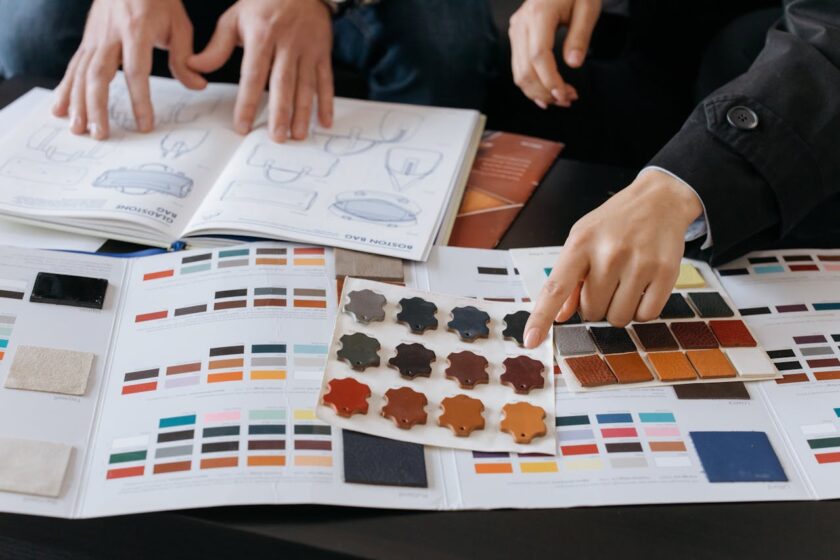Understanding User Interface Design in Physical Products

When we hear “user interface design,” most people think of digital screens, buttons, and apps. But UI design extends beyond the digital world—it plays a crucial role in physical products too. From kitchen appliances to medical devices, the way users interact with a product determines its usability, safety, and overall success.
What is UI Design in Physical Products?
User interface (UI) design in physical products refers to the way people interact with a device or system through its controls, displays, and feedback mechanisms. Whether it’s the knob on a washing machine, the touchscreen on a car dashboard, or the buttons on a medical device, every interface should be designed for seamless usability. A well-thought-out UI ensures that users don’t have to think too hard—it should feel natural and intuitive.
The Core Principles of Good UI Design
For a physical product to provide a smooth and frustration-free experience, certain UI design principles must be followed. These include:
1. Simplicity
A cluttered interface is overwhelming. The best UI designs remove unnecessary complexity, allowing users to interact with a product effortlessly. Take consumer product design, for instance: devices designed with streamlined controls and clear instructions improve usability and enhance customer satisfaction. Companies like 42 Technology specialise in creating consumer products with intuitive UI design that puts user needs first.
2. Consistency
A consistent interface ensures users don’t have to relearn how to interact with a product every time they use it. Whether it’s the placement of buttons, the behaviour of dials, or the feel of a touchscreen, uniformity enhances usability. Imagine using a microwave where every model has a different button layout—it would be frustrating. Consistency in UI design removes confusion and increases efficiency.
3. Feedback & Responsiveness
A product should always communicate with its user. Whether it’s light, sound, or haptic feedback, users need confirmation that their actions have been registered. A button press should respond with a satisfying click; a touchscreen should provide immediate visual feedback. In complex systems, such as industrial or medical devices, this becomes even more critical. Companies like 42 Technology integrate smart UI design into their product development process to ensure intuitive interaction and real-time feedback.
Why UI Design is Crucial for Product Success
A product can have the best technology inside, but if the UI is poorly designed, users will struggle to operate it—leading to frustration, complaints, and ultimately, product failure. A well-designed UI increases customer satisfaction, reduces user errors, and enhances brand reputation. Companies investing in expert UI design, like those leveraging 42 Technology’s expertise, gain a competitive advantage by delivering products that people love using.
The Future of UI in Physical Products
With advancements in haptics, voice control, and AI-driven interactions, UI design in physical products is evolving rapidly. The next generation of products will go beyond buttons and screens, integrating intuitive gestures, adaptive interfaces, and even predictive interactions. Businesses that prioritise user-centric design will continue to lead in innovation and customer loyalty.
Final Thoughts
UI design in physical products is more than just aesthetics—it’s about creating an intuitive, enjoyable, and frustration-free experience. By focusing on simplicity, consistency, and feedback, companies can develop products that not only function well but feel effortless to use. With expert guidance from firms like 42 Technology, businesses can ensure their products stand out in the market, delivering seamless user experiences that drive long-term success.









